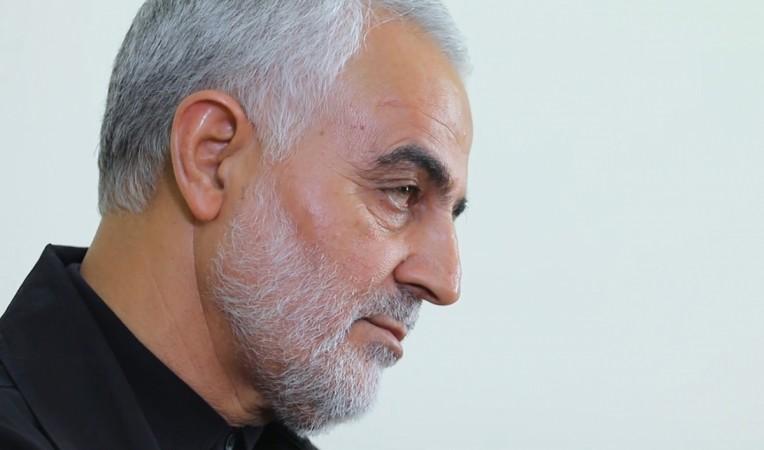In a dramatic escalation of tension in West Asia, a US airstrike killed Iranian Quds Force commander Qassem Soleimani in the Iraqi capital Baghdad. The attack may further see violent retaliation, direct or proxy, by the Iranian regime in the already fragile region. Major General Qassem Soleimani was an Iranian officer in the Islamic Revolutionary Guard Corps.
He was also the commander Quds Force, a division primarily responsible for extraterritorial military and covert operations. The American has accused Soleimani of "actively developing plans to attack American diplomats and service members in Iraq and throughout the region," and "the attack was aimed at deterring future Iranian attack plans."

The airstrike on Iran's one of the most powerful military leaders was not sudden. It was just another episode in the US and Iran rivalry which reignited after American President Donald Trump took a hawkish stand on the Iranian regime.
Here's the chronology of the events which led to the killing of Iran's one of the most popular General:
US withdrawal from Iran nuclear deal reignited the tension between 2 countries
The phase of tension was triggered by the US President Donald Trump when he announced the withdrawal from the Joint Comprehensive Plan of Action, simply known as the "Iran nuclear deal." The announcement was followed by a series of economic sanctions on Iran which was condemned by its supreme leader Sayyid Ali Hosseini Khamenei and President Hassan Hassan Rouhani.

After a period of brief verbal exchanges between the US and Iran, tension again rose when a Saudi Oil facility was attacked on September 14th. Saudi and the US blamed Iran for launching attacks on the crude oil installments of their allies and partner in the region. Amid this tension, Iran also shot down an American drone which it claimed was hovering over its territory. The US refrained from any military strike and retaliated by cyber-attacks on Iranian systems in October.
![The US embassy in Baghdad suspended all public consular operations on Wednesday as the protest raged [Khalid al-Mousily] Attack on US embassy in Baghdad](https://data1.ibtimes.co.in/en/full/728186/attack-us-embassy-baghdad.jpg?w=799&h=449&l=50&t=40)
Towards the end of 2019, the US claimed that Kataib Hezbollah launched more than 30 rockets against the base, which is near Kirkuk and is known as K1. The rocket attacks killed the American contractor and wounded four American service members and two members of the Iraqi security forces. In response to it, the US Airforce carried out airstrikes on the 29th of December. The game of cat and mouse continued as the Iranian backed militia groups attacked the US embassy in Baghdad, forcing the country to send additional 300 troops to protect its establishments and personnel in serving in the region. The Recent killing of Major General Qasem Soleimani has again pushed Iran for a major retaliation which is evident by the statements of Iran's supreme leader, Ayatollah Ali Khamenei who vowed revenge.














